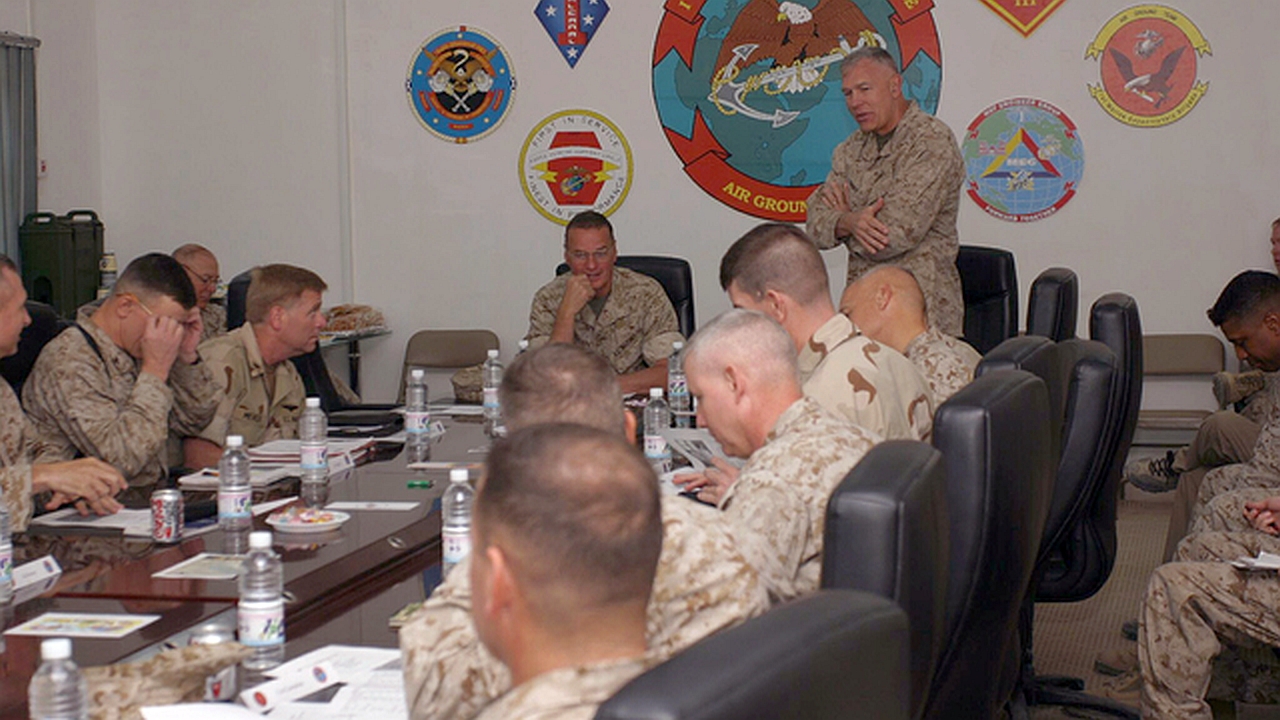
Organization Management Rhythm (part 3.1): Organization Management Rhythm – Framework
This article is part 3.1 of a series of articles on Organization Management Rhythm.
The building blocks of everything comes down to a framework. What is the basic structure underlying a meeting? When meetings are run correctly they are extremely productive. Adding the rules to the framework will set the basis for a successful meeting.
Purpose
First is purpose. Without a purpose there is no meeting. It should be defined in 1-2 sentences at most. Without a clear understanding of the purpose of the meeting it can quickly lead to chaos. The meeting purpose must encompass the whole series of meetings that it was sent out for. Review of the purpose of a meeting periodically will show if the meeting has drifted from its original intent and a new purpose and meeting name should be created and the current meeting dissolved.
Agenda
Agenda would be another portion. The agenda sets the timing and tempo of the meeting. If there are a lot of agenda items then the meeting will feel rushed. The reverse holds true for the most part. If there are very few items then people will think there is more time to discuss each item. This will put the meeting place at a very slow tempo with not much getting done. Each item on the agenda should have an estimated time allocated for it.
Communications plan
This is where the key stakeholders are notified of meeting changes and agendas, and how they will be notified. Is it a small enough organization to send someone through letting everyone know the meeting has been moved to conference room B, because conference room A is flooded? Or is the company so large that to change a meeting will require at least 30 minutes to call everyone, update the calendar invite, and send a text out? This also aligns to the frequency and timeframe of the meeting.
Timeframe
Speaking of meeting pace, the timeframe of the meeting is very important. The frequency of the meeting. The most significant part of the timeframe of the meeting to start with is the length. Does a meeting of what to eat for lunch need to be an hour or maybe ten minutes? Does a strategy meeting need to be thirty minutes or does it need to be longer depending on where you are in the cycle? Evaluate every meeting’s tempo as often as the meeting occurs. If one occurrence needs to be an hour and the next thirty minutes do not put out that the second meeting will be an hour. People will feel that the meeting was mishandled one way or another in timing.
Next part (part 3.2): Organization Management Rhythm – Principles.
Acknowledgements: Thank you to Tomi Antill, Keith Davis, Elise Keith from Lucid Meetings, JFHQ-C Leadership, and Kendra Albright from Kent State University, without whose support this series would not have been possible.
Header image source: U.S. National Archives, Public Domain.





